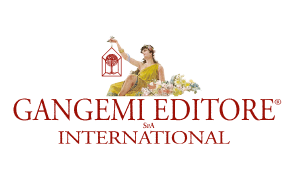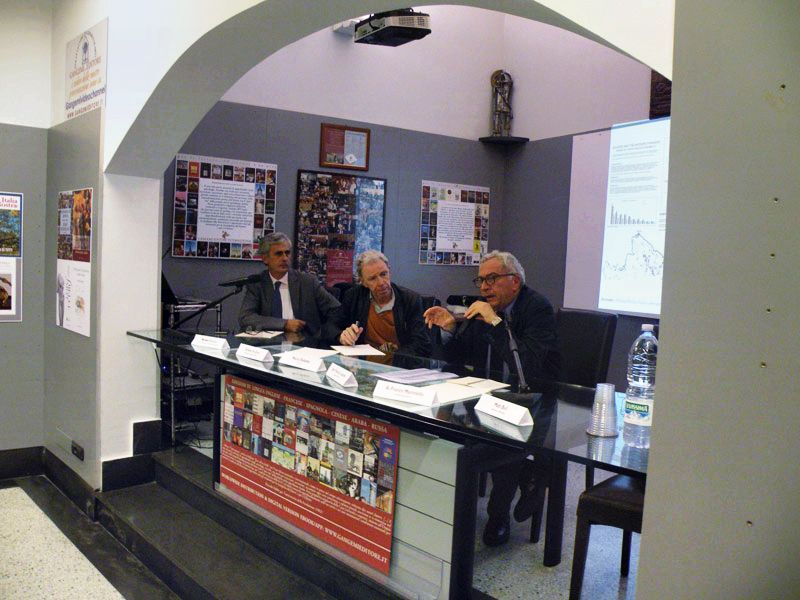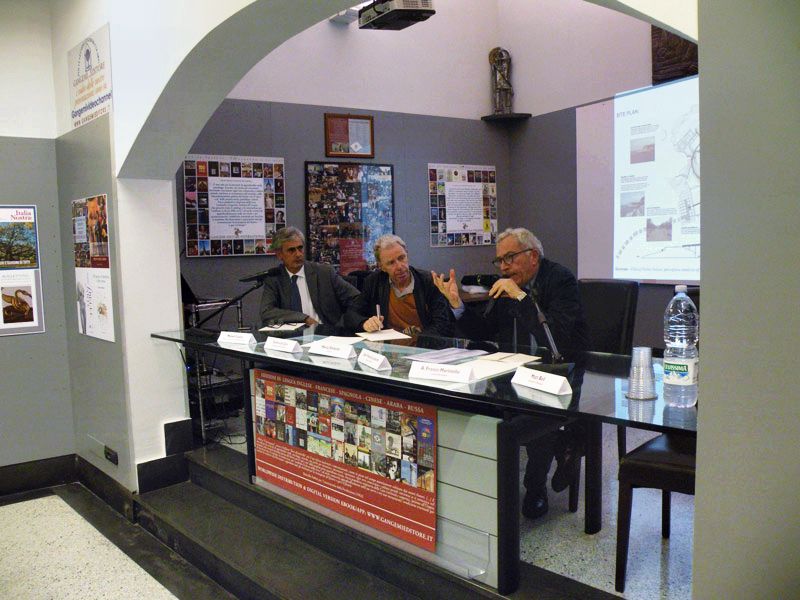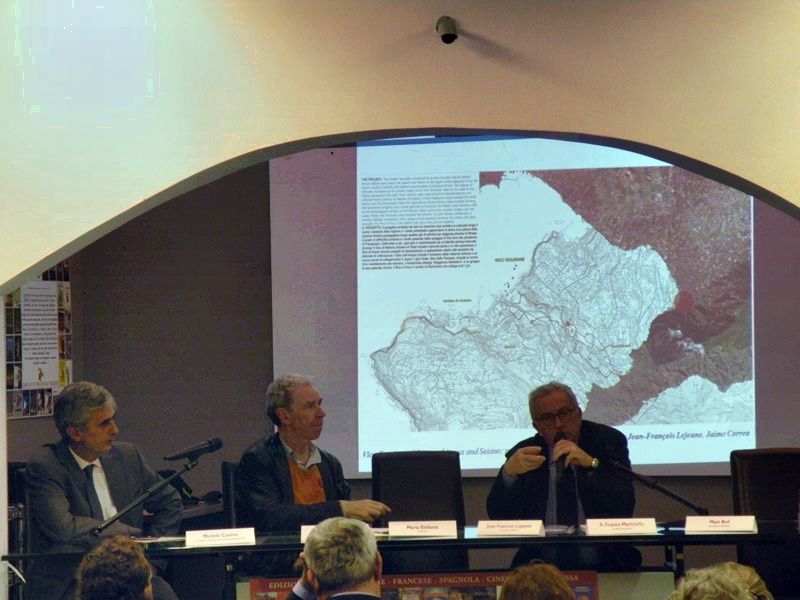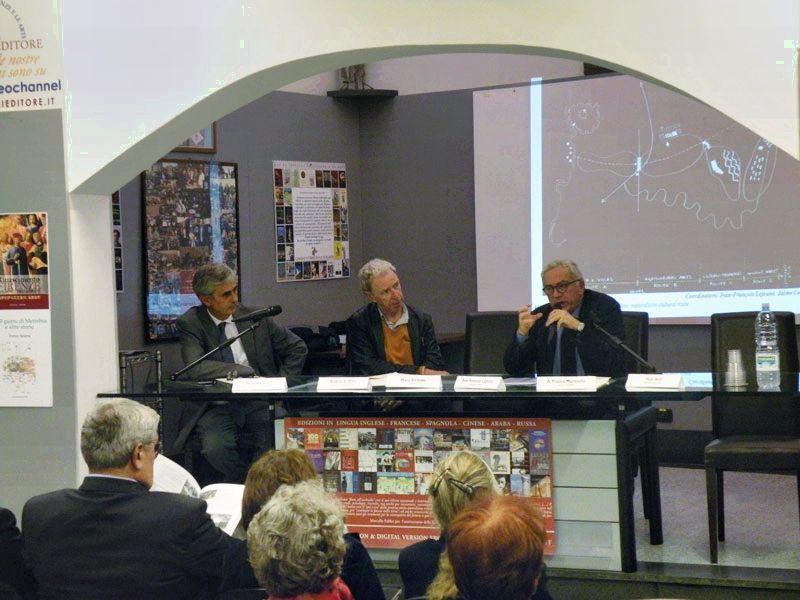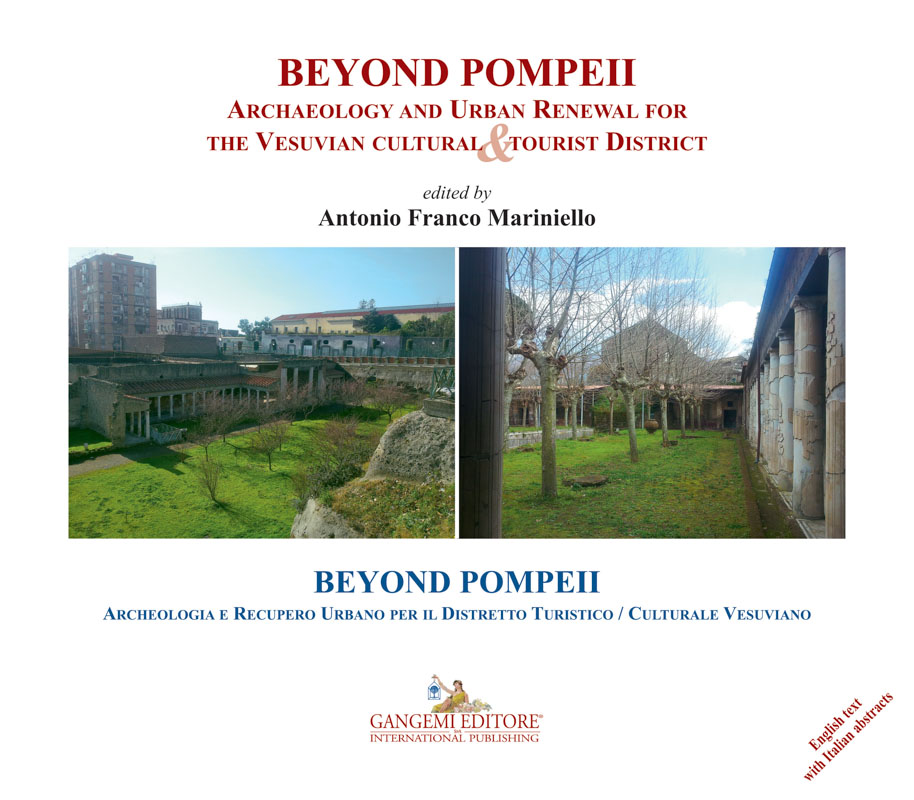

BEYOND POMPEII. ARCHEOLOGIA E RECUPERO URBANO PER IL DISTRETTO TURISTICO/CULTURALE VESUVIANO Presentazione del libro, martedì 11 ottobre, ore 17.00, Sala Mostre e Convegni Gangemi editore, Roma
BEYOND POMPEII. ARCHEOLOGIA E RECUPERO URBANO PER IL DISTRETTO TURISTICO/CULTURALE VESUVIANO Presentazione del libro, martedì 11 ottobre, ore 17.00, Sala Mostre e Convegni Gangemi editore, Roma
Martedì 11 ottobre 2016, alle ore 17.00, presso la Sala Mostre e Convegni Gangemi editore di Roma, via Giulia 142, presentazione del libro Beyond Pompeii. Archeologia e recupero urbano per il distretto turistico/culturale vesuviano, a cura di Antonio Franco Mariniello, pubblicato per i tipi della Gangemi editore.
Between the Vesuvio slopes and the front coastline, there are several archaeological sites of significant cultural and landscape interest, far less popular than Pompei but not less fascinating. These sites, including the ancient towns of Stabiae and Oplontis up until the coastal city of Sorrento, resemble a constellation surrounded by the metropolitan sprawl and lay in the country of the Campania Region like hidden pearls, as the lack of efficient public transport connections makes these destinations difficult to reach for international tourists. This paper, therefore, discusses different ideas for the design of a Cultural and Touristic District, which may improve their accessibility by linking all these archeological sites together with both physical and ICT networks. Back in 2010, such ideas were presented in Castellammare di Stabia International Workshop “Restoring Ancient Stabiae” by a number of scholars from seven Schools of Architecture of both USA and Italian Universities (Maryland UMD, Miami, Oregon, Cornell Univ.; Napoli Federico II, Bari Politecnico, Roma-Sapienza). The main aim of the workshop was to allow actual team working for designing urban requalification and projects of touristic and cultural development, as well as to stimulate debate between local administrators and experts of urban studies, landscape and archaeology. The results achieved by combination of these objectives paved the way for an ambitious goal, that is presenting a realistic scenario of sustainable development based on recovering and exploitation of archeological sites.
introduce
A. Franco Mariniello, curatore del volume
presentano
Matt Bell, University of Maryland
Michele Cuomo, Architetto – Compasso d’oro International Award 2015
Jean Francois Lejeune, University of Miami
Deni Ruggeri, University of Oregon
Ferdinando Spagnuolo, Presidente di Fondazione R.A.S.
Gugliemo Trupiano, Università di Napoli Federico II
intervengono
Stefano de Caro, Archeologo – Direttore ICCROM
Maria Elefante, Scrittrice
Attilio Petruccioli, già Docente Politecnico di Bari – Architettura
Alessandro Camiz, Università di Roma La Sapienza
Visualizza maggiori informazioni sul volume
Condividi su
